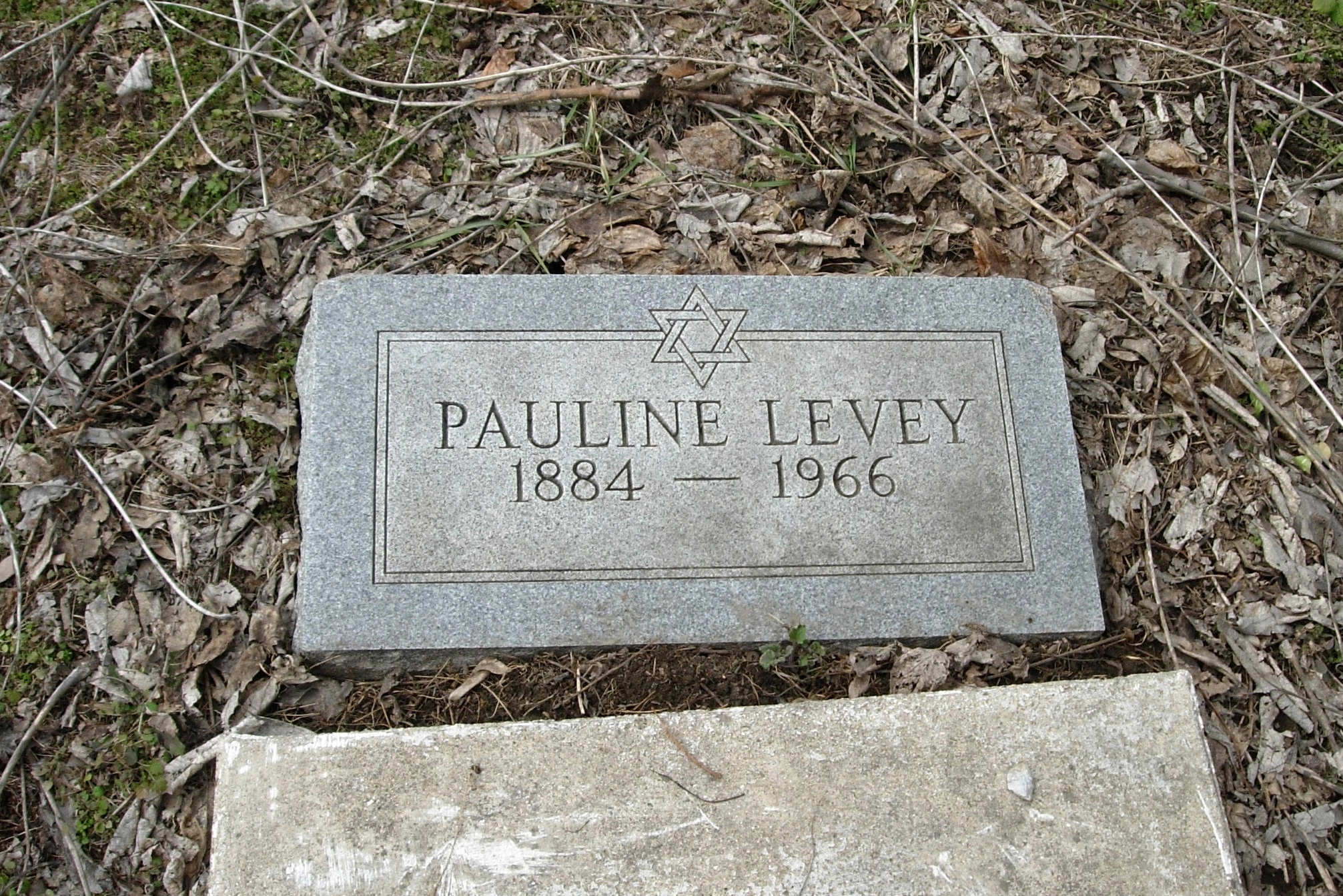
When we finally found the grave of my husband’s grandmother, Pauline Rose Levey, it was at the end of a long row next to a chain-link fence. I’m sure we were the first and only visitors. In the Jewish tradition, we left stones on the grave. This is a Mitzvah called matzevah or setting a stone. It shows that you know the burial site exists and that the person is remembered with something solid.
Pauline’s life had been destroyed by mental illness and institutionalization. But what had happened to her children as well as her grandchildren and great grandchildren? Was there a way to make something solid and meaningful from this tragedy?
The first time I shared this story in May of 2014, we were at the start of a journey. Through my husband’s old-fashioned detective work, we discovered that Pauline’s life had been destroyed by mental illness and institutionalization. Her absence impacted the lives of her children, including his father. But what had happened to them as well as her grandchildren and great grandchildren? Was there a way to make something solid and meaningful from this tragedy?
My husband never knew his grandmother. His father told him she had died, and since his father grew up in an orphanage, it seemed like a plausible explanation. But she didn’t really die until 1966. All those years my husband was growing up, she was buried alive in a mental institution only three hours away, where she died alone.
We learned the truth about Pauline after my husband’s father died in 1972. At that point, my mother-in-law thought it was safe to share the family secret. Abandoned by her husband and left with four young children and no means to support them, she had what was called back then a “nervous breakdown.” Her children were disbursed among relatives, her husband disappeared, and she was institutionalized.
When we first heard this story, my husband and I were young and just starting our own family. So we stored this information in the back of our minds and went on with our lives. But my husband was always haunted by this puzzle on his family tree. As a psychiatrist, he wondered what had happened to her and why this shameful secret destroyed his father’s family.
Ironically, fourteen years ago, we found a picture labeled, “The whole darn family.” On the back it said, “Indianapolis, Indiana.” Since our daughter had just moved to Indianapolis, it seemed possible that we might be able to unearth more information about Pauline and the mental illness that destroyed her life and separated her children from one another.
On a visit to Indianapolis, my husband called the only Jewish funeral home in the area. The home had a record of his grandmother’s burial as well as where she had been living at the time of her death: Central State Hospital in Indianapolis. After proving his relationship to Pauline, and possibly because he is a psychiatrist, my husband was able to obtain her hospital records. Here’s what we learned:
Pauline was born on September 1, 1884 in Russia and came to the United States in 1893 at the age of nine. She had some education in Russia and then attended school in Iowa from ages ten to sixteen. She skipped a grade and was said to be a good student. She quit school because her father told her she had to go to work. Pauline was one of ten children.
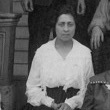 In 1904 at the age of twenty, Pauline moved from Iowa to Indianapolis, Indiana. About 1907, she married a tailor named Ira Levey, who was born in Russia and had come to the United States in 1900.
In 1904 at the age of twenty, Pauline moved from Iowa to Indianapolis, Indiana. About 1907, she married a tailor named Ira Levey, who was born in Russia and had come to the United States in 1900.
In 1908, Pauline had her first child, Alice (later known as Billie). By 1910, the family had moved to Chicago where the next child, Marie, was born. In 1913, Bertha (Bertie) came along, and in 1915, my husband’s father, Albert, was born. Ira’s business failed in Chicago, and by 1917 the family had moved back to Indianapolis.
In 1920, when she was 36 years old, Pauline became mentally ill, and in December of 1920, she was admitted to Fletcher Sanitarium in Indianapolis. At the end of January of 1921, there was an insanity inquest with her husband as the primary witness. She was committed to Central State Hospital on February 3, 1921 with a diagnosis of paranoid schizophrenia.
At that time, she was described as having dark hair, grayish-brown eyes, standing 4 foot, 11 inches, and weighing 95 pounds. She told the admitting doctor that her husband kept her in rags. Her sister Zell said that Ira did not care for Pauline as he should have and that Pauline was too easily dominated. Another woman who knew Pauline when she was first married said she was a lovely woman, attractive and from a good family. She said that Pauline’s husband was extremely cruel to her, and that Pauline had become disturbed because of her difficult home situation and family pressures.
It is not clear what happened to Pauline’s family after her hospitalization. By April of 1921, Ira is listed at a different address in Indianapolis. What became of him after that is still a mystery. Pauline’s three daughters were split up among relatives. The youngest ended up in Texas and went on to marry and live in Dallas. It is not clear who took care of the two older sisters when the family broke up. By 1930, both were living in Chicago.
Pauline’s son and my husband’s father, Albert, went to live with his uncle, Max Rose, in Cedar Rapids, Iowa at about age six. Because his uncle was a professional gambler and a bachelor and therefore unable to care for Albert for very long, he was sent to Chicago to live with his Aunt Gerry and grandmother Lena Rose.
When his grandmother became ill, Albert was sent to the Marks Nathan Orphanage in Chicago around the age of ten, where he stayed until he graduated from high school.
As for Pauline, there were not many progress notes from the hospital until near the end of her life. During her 45-year stay there, she had few, if any, visitors. She worked in the dining room at the hospital.
In 1965 at age 80, Pauline was placed in Borenstein Home for the Jewish Elderly because she was no longer able to climb the stairs to do her job in the dining room of Central State Hospital. Sadly, at the end of her life, Pauline was returned to the mental hospital. All the years of institutionalization had taken their toll and she could not function outside of its walls. She died there on August 17, 1966 and was buried at Bnai Torah Cemetery in Indianapolis.
After learning the details of Pauline’s life, we began our quest to find any descendants of Pauline and her nine siblings to help us learn something solid about this life destroyed by mental illness and institutionalization. In a blog post, I listed names of people we hoped to find. At that point, they were just a bunch of names from a very incomplete family tree. What followed was pretty amazing.
My husband always loved puzzles and reconstructing his father’s family tree was the ultimate challenge. Through a combination of Ancestry.com, old census reports, white pages, and good old-fashioned snail mail, he started assembling the puzzle pieces. A cousin whose name he remembered ironically lived near my family in Michigan. Meeting with him led to learning the details of Pauline’s siblings. A name from the 1940 census led to Bertie’s branch of the family. And an email to someone with the same last name as Marie completed her branch. Although they are scattered from the east coast to the west, and from Chicago to the southwest, some of these newly found cousins actually have met, and online connections have been made.
By completing the puzzle of Pauline’s family tree, we also honored the memory of a life sidetracked and forgotten due to mental illness. As we add more branches to her tree, we also set more stones for Pauline Rose Levey.
I invite you to read my book Terribly Strange and Wonderfully Real and join my Facebook community.
Boomer. Educator. Advocate. Eclectic topics: grandkids, special needs, values, aging, loss, & whatever. Author: Terribly Strange and Wonderfully Real.


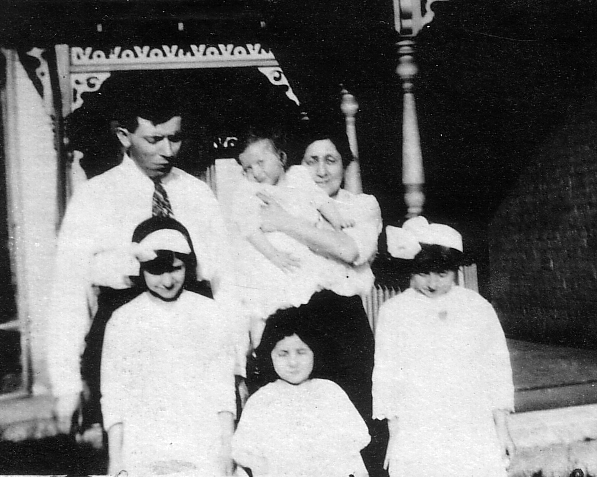
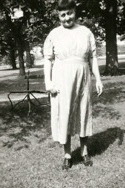
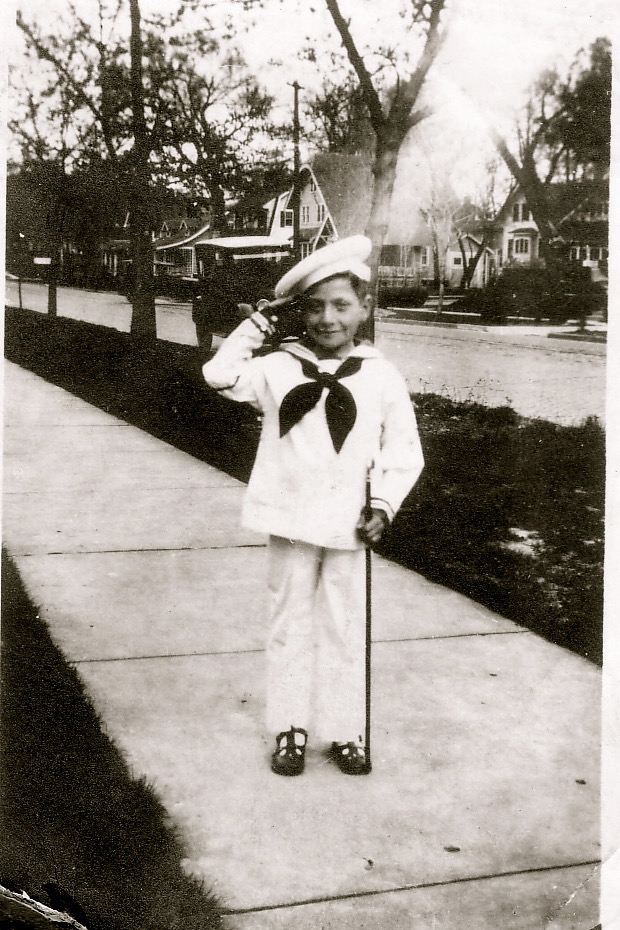
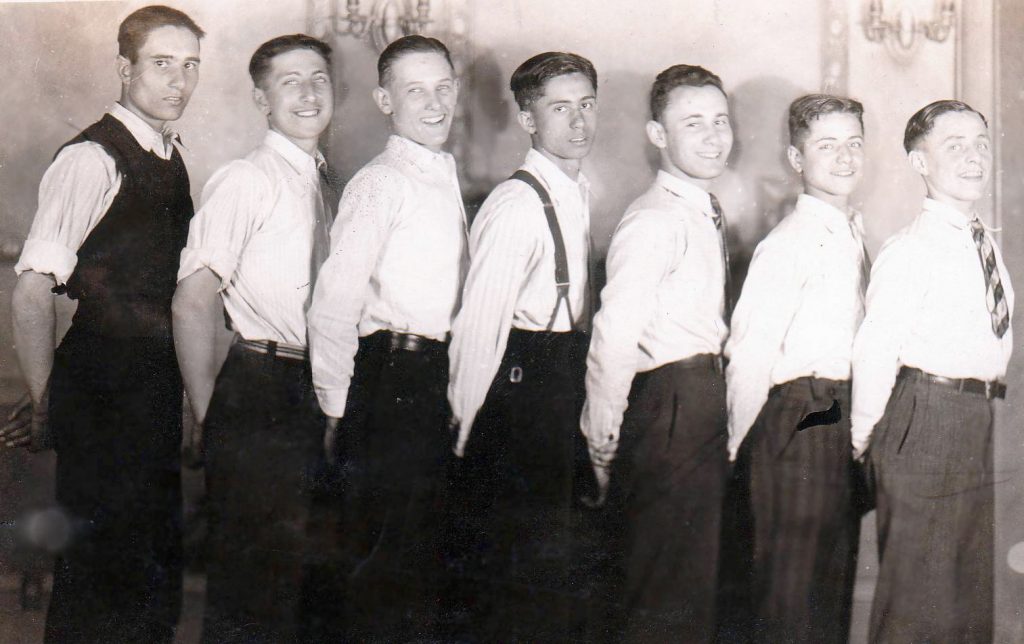
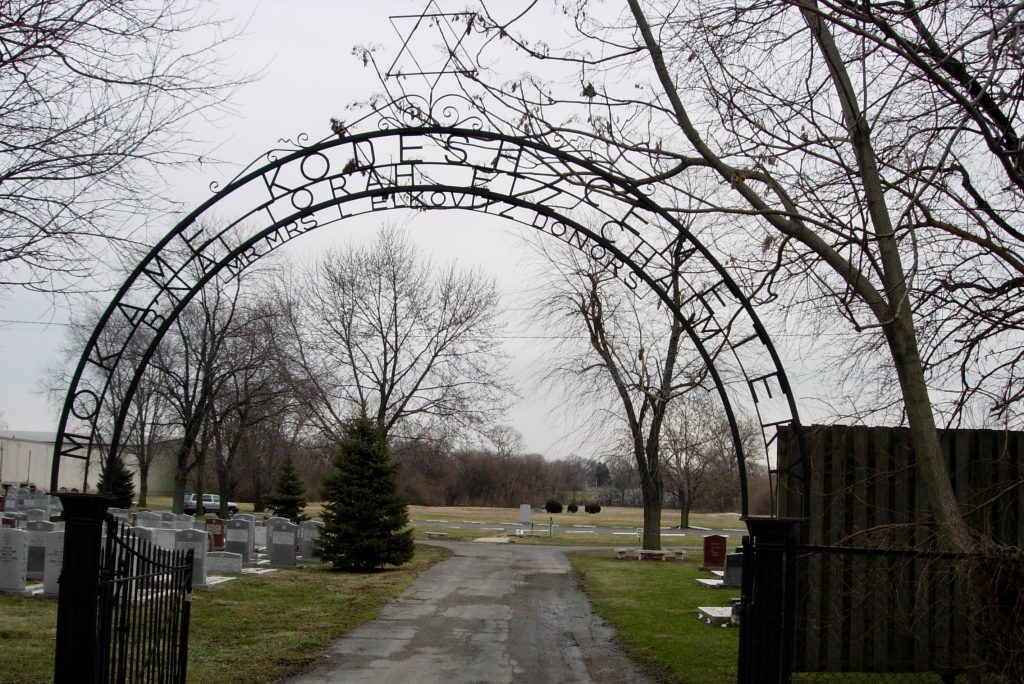
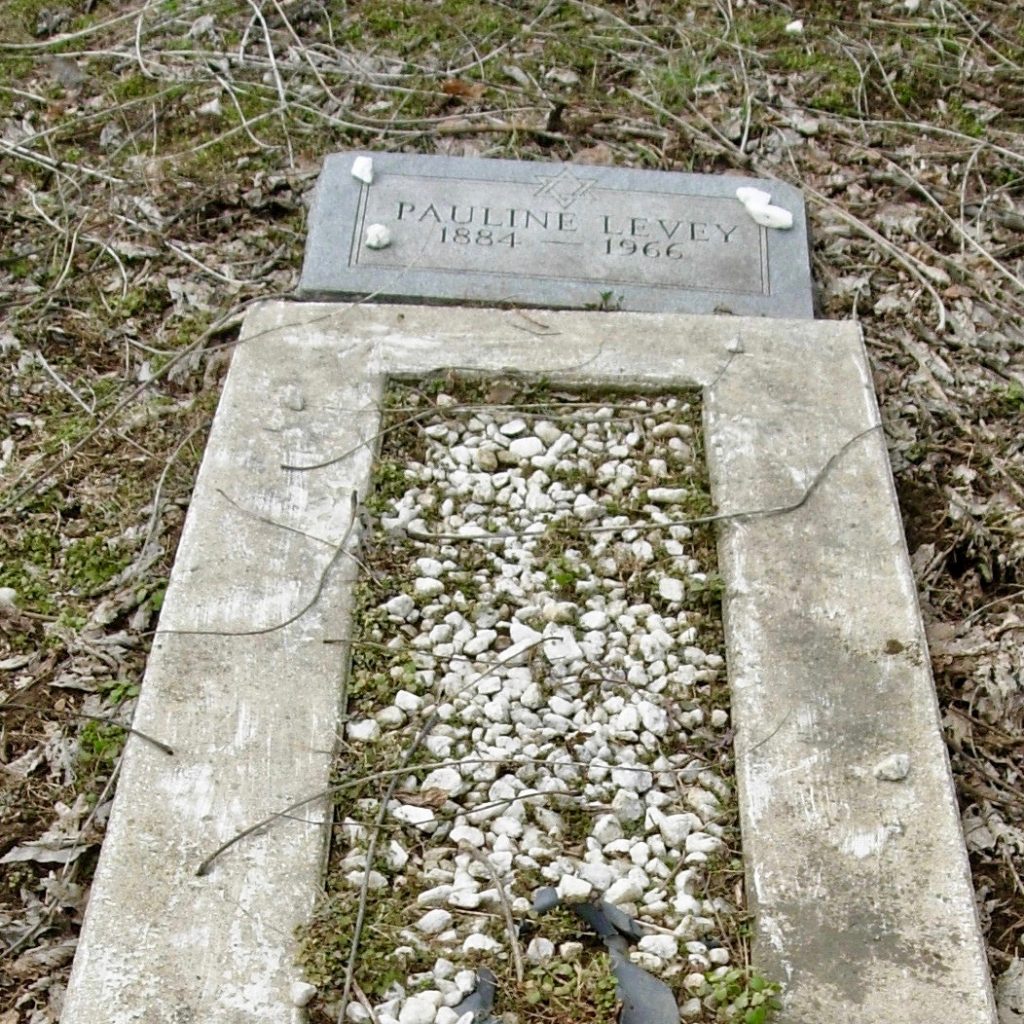

Laurie, what a moving story. However painful some of the truths here, it was wonderful that you got to place stones on Pauline’s grave and for Fred to learn more about his heritage.
Thanks, Marian. There were so many secrets back then. Sad that we didn’t know she was alive when we could have visited her and that her nine siblings abandoned her.
I second Marian’s comment, Laurie. Your comment about secrets is so true and so universal*. Some years ago some ambitious producer created a reprise of Upstairs Downstairs which was not bad. In one episode a character makes the statement “we live so close but we know so little about one another. It’s as if we keep our secrets we keep our dignity.” I think that false equivalence has been all too true.
* Some secrets aren’t so. The official registers of the Old Dutch Church in Kingston show my G7 grandparents, Jan Jansen and Cataryn, marrying on October 30 1660. And their first child, Styntje, being baptized. Two months later.
Tom, I am amazed and a bit jealous that you can trace your family history back to the 17th century. My father, who was obsessed with genealogy, called ours a family shrub. He died before Ancestry.com and 23 and Me became popular, so most of his research involved collecting names and trying to connect the dots between cousins. Since I didn’t know anything about these people, I found it rather boring. Perhaps it also has something to do with one’s age, as my kids are not terribly interested. Keeping family secrets was a big part of my upbringing as it was so important not to bring shame to the family.
Laurie, this is very touching. How sad that she was sent off to an institution and people were told she had died. And that even though she lived until 1966, she had been kept such a secret that no one went to visit her. How wonderful, though, that you were able to reconstruct the family tree, and cousins have found each other and made connections. That is a lovely way to honor her memory.
Suzy, I had an uncle who was bipolar and often in a mental hospital, probably receiving electric shock treatment. My parents taught us never to mention his absences. Thankfully, we have come a long way regarding the stigma of mental illness, although recent politics has me worried because now we blame gun violence on mental illness. I have wondered if my husband’s grandmother suffered from postpartum depression. Finding her lead to meeting a whole new branch of the family.
What a sad and moving story, Laurie. And it is amazing how, thorough all your husband’s and your detective work (particularly the access to medical records), you have now been able to reconstruct your grandmother’s life and share it with others. This is a true Mitzvah.
Thanks, John. We felt like she deserved some acknowledgement of and respect for her existence.